As a BetterHelp affiliate, we receive compensation from BetterHelp if you purchase products or services through the links provided
Striking the perfect balance between relaxation and productivity can be a challenge. To help you navigate this, we’ve gathered ten insightful tips from CEOs, directors, and other professionals. From balancing work and rest with mindfulness to prioritizing, scheduling, and adjusting, let’s explore these expert strategies for achieving a harmonious work-life balance.
- Balance Work and Rest with Mindfulness
- Assign Percentages to Productivity and Relaxation
- Respect the Symbiosis of Rest and Work
- Combine Exercise with Relaxation
- Adopt a Structured Work-Break Schedule
- Apply the 80/20 Rule
- Use To-Do Lists and Schedule Leisure
- Leverage Technology
- Establish a Solid Post-Work Routine
- Prioritize, Schedule, and Adjust
 Balance Work and Rest with Mindfulness
Balance Work and Rest with Mindfulness
In my years of experience as an entrepreneur, holistic coach, and consultant, I’ve found that balancing relaxation and productivity is more of an art than a strict formula.
Here’s the thing—we often get caught in this cycle of pushing ourselves to the limit, thinking that’s the only way to achieve. But in reality, our best work happens when we’re in a state of flow, which comes from balancing work with rest. It’s about setting clear boundaries.
When you’re working, be all in and give it your 100%. But when it’s time to relax, genuinely switch off. Prioritizing tasks is crucial; focus on what truly matters and let go of the urge to multitask. It might feel productive, but it often leads to burnout.
Regular breaks, even if they’re short, can recharge your mind. And remember to underestimate the power of mindfulness. Being present, whether working or resting, makes a world of difference.
Mona Kirstein, Ph.D., Digital Strategist, Holistic Coach and Consultant, The Wholehearted Path
 Assign Percentages to Productivity and Relaxation
Assign Percentages to Productivity and Relaxation
First, commit to prioritizing productivity and relaxation because both are necessary for good health and personal and professional success. Next, decide how much time to devote to each based on your unique situation.
One way to simplify this is to assign percentages, such as 75% productivity and 25% relaxation, and schedule activities accordingly. When are you most productive? Morning? Afternoon? Night? Do your most demanding tasks during your peak energy cycles. Use relaxation time for activities that recharge you—and schedule them in your calendar to take relaxation seriously.
Try doing this for a month or two, then evaluate your productivity and well-being. Adjust your schedule, if necessary, to determine your optimum work-life balance.
Adriane Weinberg, Professional Organizer and Productivity Consultant, An Organized Approach
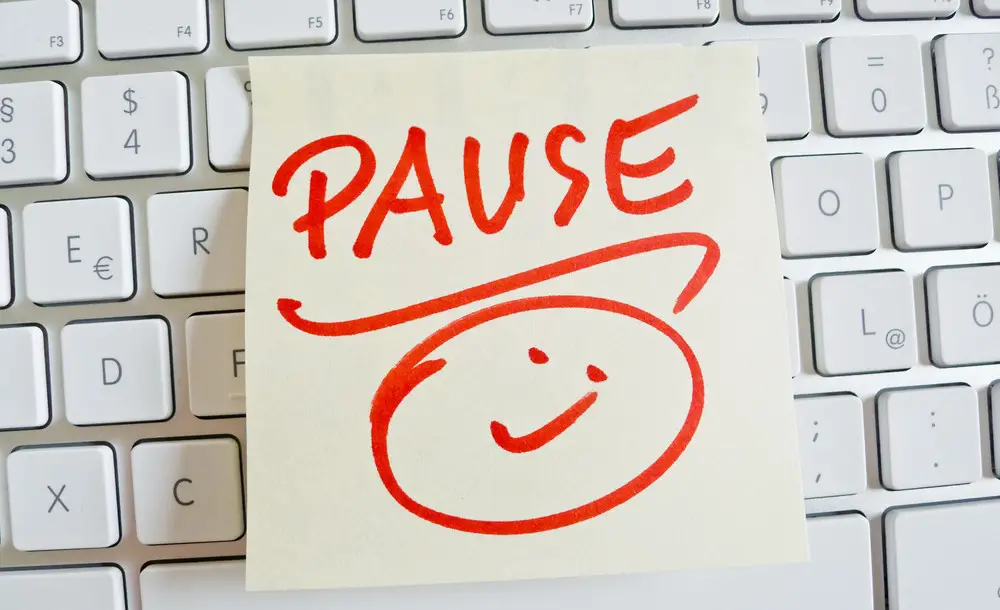
Respect the Symbiosis of Rest and Work
Relaxation and productivity are intrinsically linked, much like the two sides of the same coin. When we allow ourselves the space to rest, our minds and bodies rejuvenate, paving the way for improved efficiency and productivity throughout the day.
Conversely, after putting in long hours, being able to relax for a bit becomes even more satisfying and rewarding. This symbiotic relationship underscores the importance of both elements in our lives. Understanding and respecting this balance can optimize our well-being and performance, ensuring that each complements the other.
Bayu Prihandito, Psychology Expert, Life Coach, Founder, Life Architekture
 Combine Exercise with Relaxation
Combine Exercise with Relaxation
As someone who works in IT and spends much of my day in front of a computer, I must find time to relax. Productivity is not an issue for me, as I am passionate about my work and always find myself getting work done; pulling myself away to recharge can be an issue.
I’ve balanced these two things out by combining my exercise time and time for relaxing. Walking or doing light exercises, I leave my devices at home and focus on relaxing. Walking, I do what I must to put my mind at ease. I approach my exercises also as an exercise for meditation and do what I can to relax my mind.
It’s proven to be an effective time for me, and I am carving out more time for this because it can benefit me.
Michael Collins, Managing Director, Sphere IT
 Adopt a Structured Work-Break Schedule
Adopt a Structured Work-Break Schedule
A schedule is key for productivity and, especially, burnout. Setting aside two hours a day in the morning to focus on writing and then always taking a break, even if in the middle of something, is beneficial. It’s key to step away so that thinking freshly upon return is possible. Returning and doing another two hours of work and taking a break is advisable. If you are feeling particularly energetic, doing another hour in the evening might be an option.
In downtime, trying to do something active, spending time with a partner, or just doing something that helps unwind is recommended. Since adopting this, it’s been found that focus and, more importantly, productivity have increased.
Steven Wright, Co-Founder and Chief Editor Lifestyle to the MAX
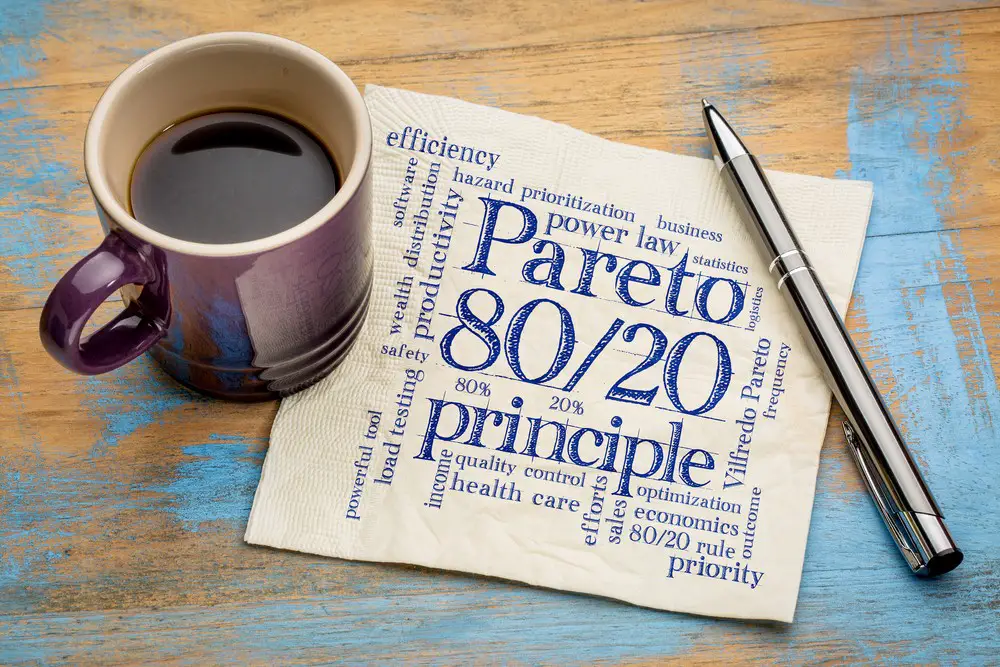
Apply the 80/20 Rule
Everyone is different, but my best suggestion for finding the optimal balance between relaxation and productivity is to follow the 80/20 rule. Though this rule can be applied in different business settings, it works well for work-life balance.
In short, if you can dedicate 80% of your week to working and being productive and reserve 20% for relaxation and recharging, it seems to be a balance that maximizes productivity without draining you. This time split has worked wonders for my mental health, and everyone I’ve suggested this to has also had success.
John Ross, CEO, Test Prep Insight
 Use To-Do Lists and Schedule Leisure
Use To-Do Lists and Schedule Leisure
The best way to find the balance between relaxation and productivity is to write to-do lists and organize commitments while at the same time intentionally scheduling leisure activities.
I list things I need to do throughout the week, prioritizing tasks by their complexity and urgency. Then, I break more complex tasks into smaller, more manageable ones and spread them throughout the week. Reviewing the list is one of the last things I do in the day so I can feel prepared for the day ahead and revise the list if needed.
By intentionally including leisure activities in my list, I set aside time for fun and relaxation. When I organize things like this, it’s much easier to stay productive during focused work and feel happier and more relaxed during leisure time. I know exactly how I spend my time and how many things I have to finish, allowing me to truly relax without the fear of unfinished tasks hanging over me.
Tony Angeleri, Vice President, Lone Wolf Paintball
 Leverage Technology
Leverage Technology
Technology can be a major distraction and a useful tool for getting work done. Use it with caution. Use browser blockers and app timers to reduce distractions during work hours. On the other hand, use relaxation apps or do-not-disturb settings to let you properly unwind without work-related distractions.
Tom Miller, Director of Marketing, Fitness Volt

Establish a Solid Post-Work Routine
One way to balance relaxation and productivity is to draw the line between work and home. Sometimes, we need to work overtime, but this shouldn’t be the norm in your life. Work to train your brain to turn off from the day’s events by participating in an activity that relaxes you.
Examples are turning your laptop off, stepping away, changing your clothes, reading a book, or walking. As people, habits are important to us, and by using a solid post-work routine to keep your thoughts in the present, you can stop being stressed about what you must do for tomorrow.
Sam Ashford, Director, SpiritShack
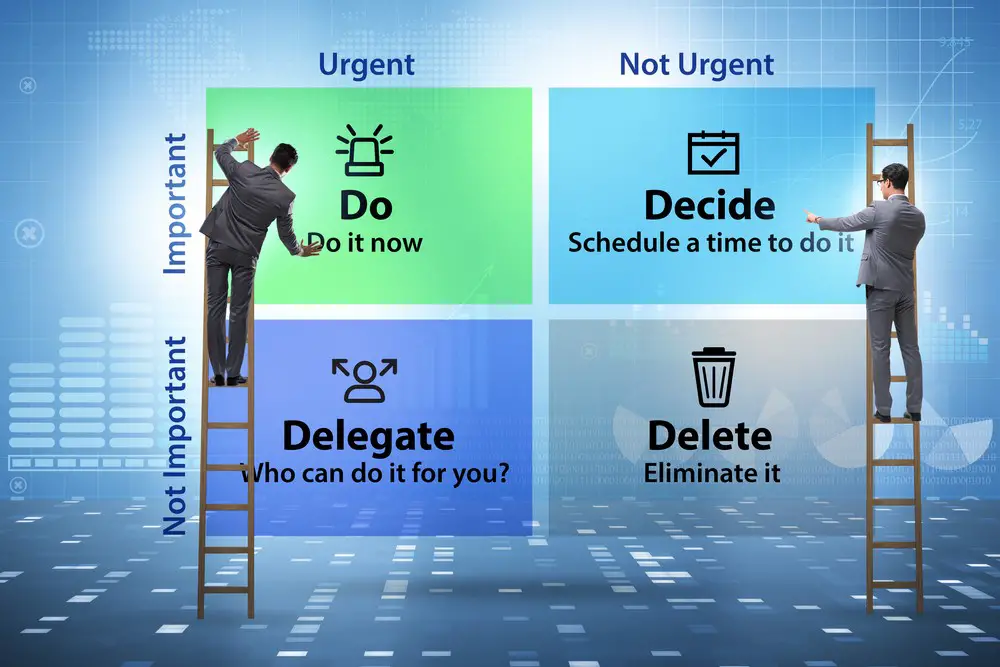
Prioritize, Schedule, and Adjust
Balancing relaxation and productivity is a dynamic process. Prioritize tasks, set clear boundaries, and manage your time effectively. Schedule short breaks for relaxation and incorporate exercise and mindfulness practices. Avoid over-committing and make self-care a priority.
Regularly reflect on your balance and adjust to maintain productivity and well-being. Remember, it’s about creating a sustainable routine that allows you to be productive when needed and relax when necessary for your overall health and success.
Aviad Faruz, CEO, Know Mastery
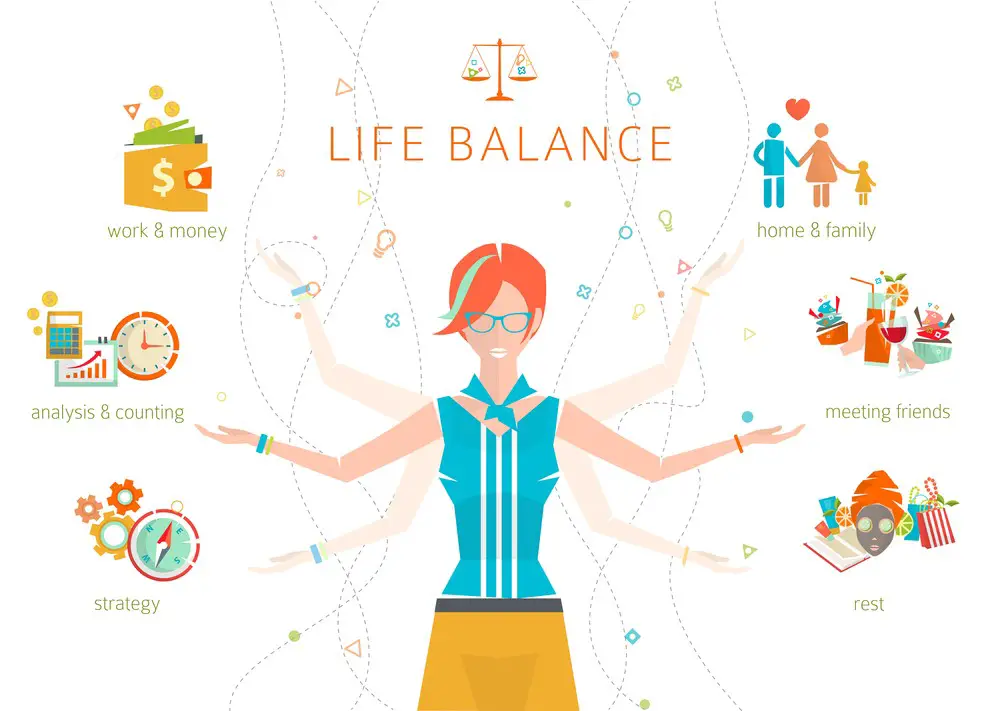
Your Roadmap to Mastering Work-Life Balance: Putting Expert Tips Into Action
So, you’ve got the insights from the pros—what’s next? While all these expert tips are valuable, the key is to tailor them to fit your lifestyle and preferences. Here’s how you can put these expert tips into practice, setting you on the path to a balanced, fulfilling life.
Make it Personal
- Mindfulness Matters: Start small with mindfulness by taking five minutes before starting your workday to breathe and center yourself. It’s a minor commitment with major payoffs.
- Percentage Play: Experiment with different productivity-to-relaxation ratios. If 75/25 doesn’t feel right, tweak it. Try 70/30 or even 60/40, then monitor how you feel and adjust accordingly.
Make it Actionable
- Scheduled Synergy: Use your digital calendar to its fullest. Block out times for work tasks as well as relaxation. Set reminders to take short breaks throughout the workday.
- Tech-Enabled: Download an app to track your work hours and relaxation time. Use this data to make more informed decisions about your schedule.
Make it Flexible
- Exercise Your Options: Incorporate your “exercise + relaxation” sessions whenever you can. Maybe it’s a weekend or weekday evening—find the slot that works for you.
- Post-Work Rituals: Your post-work routine doesn’t have to be the same every day. Maybe it’s a book today and a walk tomorrow. The key is to have a go-to activity that signals to your brain, “Work’s over. Time to relax.”
Make it Adaptable
- Check In with Yourself: Every two weeks, take a moment to review your schedule, your sense of well-being, and your productivity levels. Are you feeling burnt out? Or perhaps you’re not getting enough done? Adjust your approach based on this self-assessment.
Make it Rewarding
- Celebrate the Wins: Got a lot done this week? Celebrate with some extra downtime or a treat. Rewards make the balancing act feel not just manageable but enjoyable.
Tips to Get You Started:
- Time-Blocking: Use time-blocking techniques to dedicate specific blocks of time to either work or relaxation.
- The 3-Minute Rule: If something takes less than 3 minutes, do it immediately. It clears minor tasks and frees up mental space.
- Accountability Buddy: Team up with someone to keep each other accountable. Sometimes, it’s easier to maintain a balanced life when you know someone else is watching (and cheering you on).
- Tech Tools: Use apps like ‘Forest’ to keep you focused during work and ‘Calm’ or ‘Headspace’ to guide you into relaxation.
Finding the right balance between relaxation and productivity is indeed an art form. Your canvas is your life, and these tips are your palette. So go ahead—start painting your perfectly balanced life.

When to Seek Professional Help: Therapy as a Tool for Balance
So you’ve tried all the tricks, hacks, and expert-backed strategies, yet you still struggle to achieve that ever-elusive work-life balance. Sometimes, the issues go deeper and may require professional help to untangle. Here’s how to recognize when it might be time for therapy, what goals to set, and how to measure your progress.
Signs You Might Need Therapy
- Consistent Overwhelm: This is a significant red flag if you’re constantly feeling overwhelmed and affecting your ability to function.
- Persistent Anxiety or Stress: Stress and anxiety are normal to an extent, but if they persist or become debilitating, it may be time to seek help.
- Burnout Symptoms: Feelings of extreme exhaustion, cynicism about your work, or a noticeable drop in productivity.
- Affecting Relationships: When your work-life imbalance starts to harm your relationships, it’s a sign you need to take action.
- Loss of Enjoyment: You no longer find joy or satisfaction in activities that you used to love.
Goals for Therapy
- Identifying Triggers: Understanding what sets off your stress or anxiety is the first step toward managing it.
- Time Management Skills: Work on improving your time management and prioritization skills.
- Coping Mechanisms: Develop healthy ways to cope with stress and balance work demands with personal needs.
- Setting Boundaries: Learn how to set healthy boundaries between work and personal life.
- Emotional Resilience: Build emotional resilience to better deal with challenges and setbacks.
Measuring Progress
- Mood Tracking: Use a journal or an app to record your mood and stress levels daily.
- Achievement Logs: Record small and big achievements, whether successfully setting boundaries or finding a new coping mechanism.
- Therapist Feedback: Your therapist will provide feedback and can help identify areas of progress and where further work is needed.
- Self-Reflection: Regularly set aside time to reflect on how you’re feeling overall. Has your sense of being overwhelmed reduced? Are you managing stress better?
- Quality of Life: Are you enjoying better relationships? Feeling more fulfilled in your work? These are holistic signs of progress.
 Tips to Maximize Therapy:
Tips to Maximize Therapy:
- Be Open: The more honest you are with your therapist, the more you’ll get out of the experience.
- Consistency is Key: Regular sessions are more effective than sporadic visits.
- Homework Helps: Therapists often provide exercises or readings. Make the most of these to reinforce your learning and growth.
- Celebrate the Milestones: Don’t wait to reach your end goal to celebrate; relish the small victories along the way.
Therapy is not a one-size-fits-all solution but a valuable resource for digging deeper into your emotional and psychological barriers. Whether you’re dealing with burnout, emotional stress, or feeling stuck in your quest for balance, a therapist can provide you with tools that last a lifetime.
From Personal Struggles to Championing Mental Well-being: The Jacob Maslow Story
Life has a funny way of throwing curveballs at you. For me, Jacob Maslow, my world was irrevocably changed by 9/11. The trauma of that fateful day became a turning point, pushing me into a labyrinth of emotions and challenges. But you know what they say: sometimes you find your purpose in your darkest hours.
As a primary caregiver to my children, I’ve had to navigate the complex maze of parenthood, especially while facing the emotional toll of ending an unhealthy relationship. Imagine holding it together for your kids while pieces of your world fall apart. It’s like attempting to navigate a ship through a stormy sea while mending its sails.
Yet, here’s where my journey took a transformative twist. The quest for healing led me to therapy, where I found solace and a renewed purpose. I decided to turn my struggle into a mission: to be a lighthouse for others sailing through their storms.
My search for a like-minded community led me to BetterHelp. Let me tell you, it was a breath of fresh air! What drew me to BetterHelp wasn’t just its convenience and empowering approach. During the rockiest phase of my life, when I was estranged from my children, BetterHelp gave me the autonomy to choose a therapist who genuinely resonated with my experiences.
The beauty of BetterHelp is that it’s not a one-size-fits-all kind of place; it allows you to find that unique someone who “gets you.” This freedom became my ally in healing, helping me discover peace, not as an elusive dream but as an attainable reality. And for those grappling with troubled family dynamics, BetterHelp offers a couples-oriented platform called Regain.us. Trust me, it’s a game-changer.
So here I am today—far from a mere survivor, but an advocate for mental wellness. I’ve come to believe that recovery isn’t just an event; it’s a choice, a continuous journey. And with platforms like BetterHelp, this journey is just a few clicks away.
Remember you’re not alone if you find yourself lost and echoing in a seemingly space. The first step is the hardest, but take it, and you might find your lighthouse, as I did.
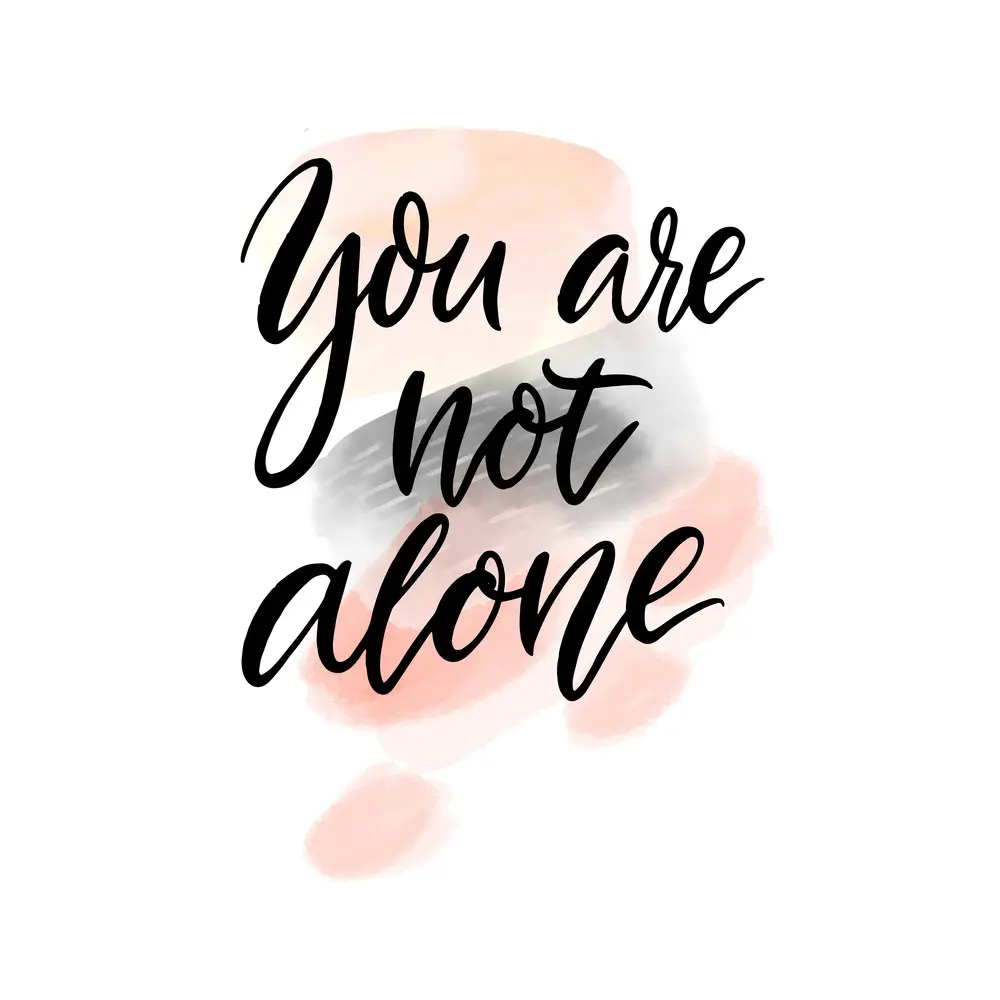
- Breaking the Silence: Why Men’s Mental Health Matters More Than Ever - April 15, 2025
- How to Transform a Home’s Patio Space into a Relaxing Space - March 23, 2025
- 5 Strategies to Use a Cell Phone to Help Manage Your Stress - March 23, 2025
This site contains affiliate links to products. We will receive a commission for purchases made through these links.


 Balance Work and Rest with Mindfulness
Balance Work and Rest with Mindfulness Assign Percentages to Productivity and Relaxation
Assign Percentages to Productivity and Relaxation Combine Exercise with Relaxation
Combine Exercise with Relaxation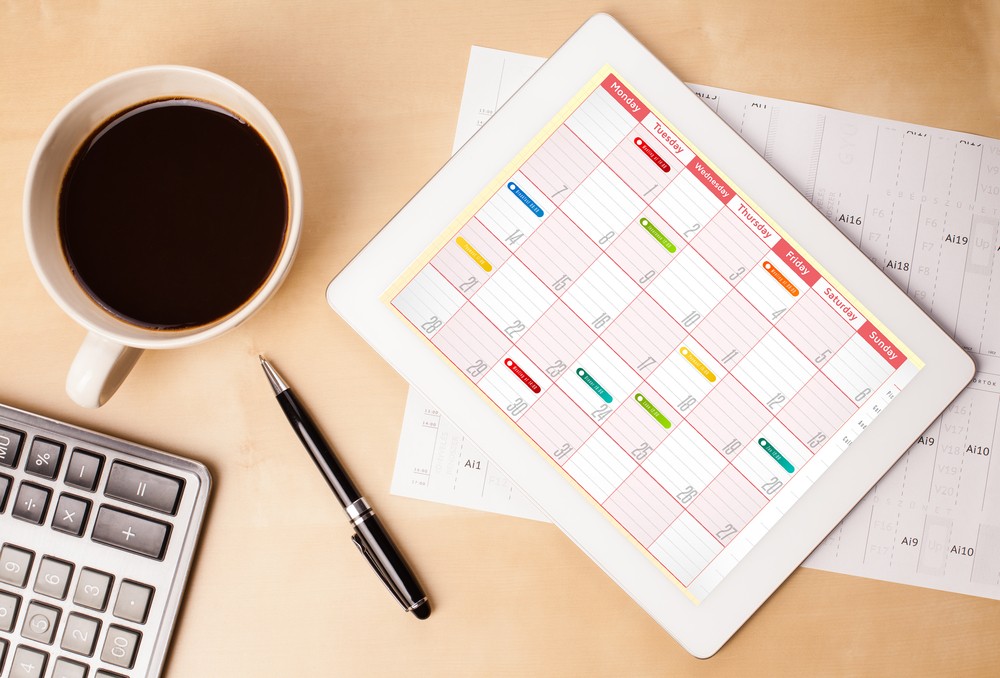 Adopt a Structured Work-Break Schedule
Adopt a Structured Work-Break Schedule Use To-Do Lists and Schedule Leisure
Use To-Do Lists and Schedule Leisure Leverage Technology
Leverage Technology Tips to Maximize Therapy:
Tips to Maximize Therapy:
